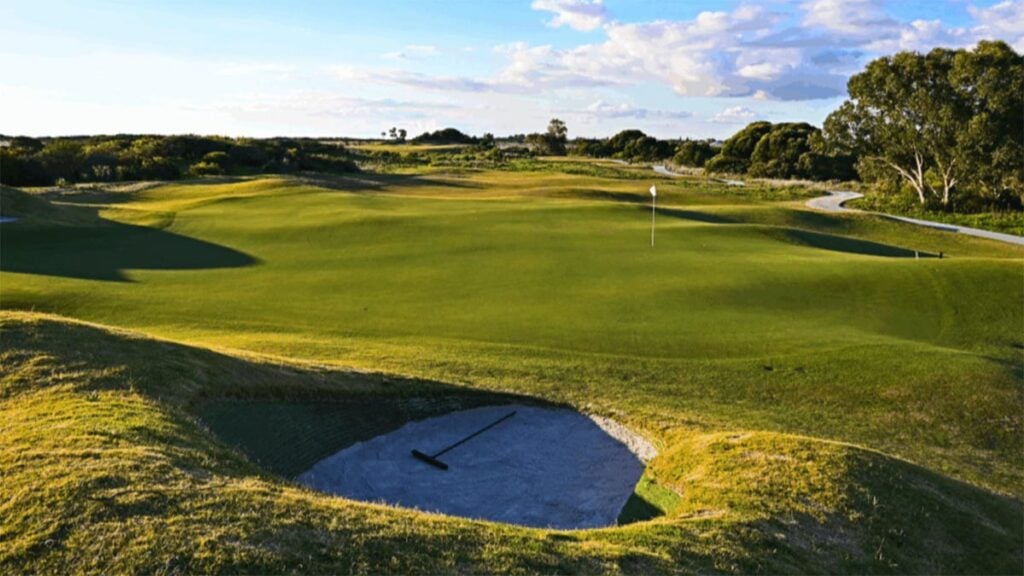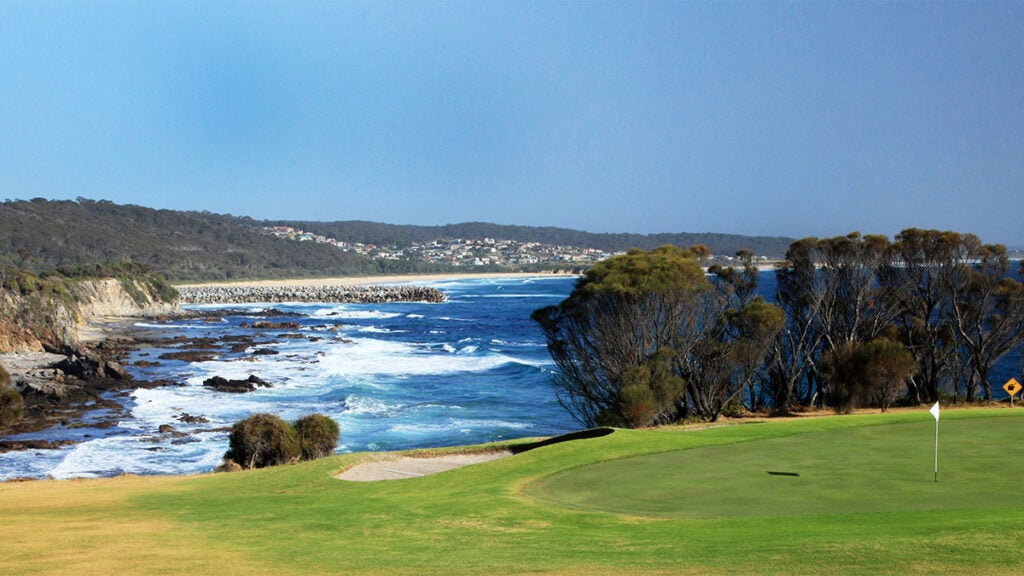
Icon Sportswire
Question: Can you explain why iron lofts have been getting stronger? I’m guessing guys can dial these clubs in and hit all sorts of trajectories high/low/mid even with the stronger lofts and the distance gained is coveted.
Answer: We get this one a lot. The reason is two-fold. First, the 7-iron is the fitting club and most companies have made sure the lofts on those clubs can compete in the hitting bay, particularly in the players distance and game-improvement iron categories. That, however, has a ripple effect on all the other clubs in the set, compressing lofts at the long end and necessitating a gap wedge as part of their stock iron set offerings. Remember, if your pitching wedge is 42 or 43 degrees and your next wedge is 54 or 56 degrees, that’s a two-club gap in the scoring part of the bag. That’s no good regardless of skill.
The other reason is that it’s not simply “loft jacking.” Unlike early strong-lofted efforts that were difficult to get airborne and hold greens, designers now have materials and manufacturing capabilities at their disposal that allows them to produce strong-lofted clubs that deliver the desired added yards, while also producing an appropriate trajectory and landing angle. Thin faces and tungsten weighting are two of the more common methods to produce a center-of-gravity location and launch condition to achieve this.
So how strong have iron lofts gotten? Consider that a century ago the average loft of a 5-iron was 36 degrees. That moved to about 31 degrees by the 1970s. This year the average loft of the 7-irons in the game-Improvement category of the Golf Digest Hot List was 28 degrees.
Of course, that doesn’t mean stronger-lofted irons are for everyone. Golf is never a one-club-fits-all proposition. Slower swing speeds might not be able to get strong-lofted irons in the air and should seek out irons with higher lofts where the CG has been driven even lower and further back.
This article was originally published on golfdigest.com




